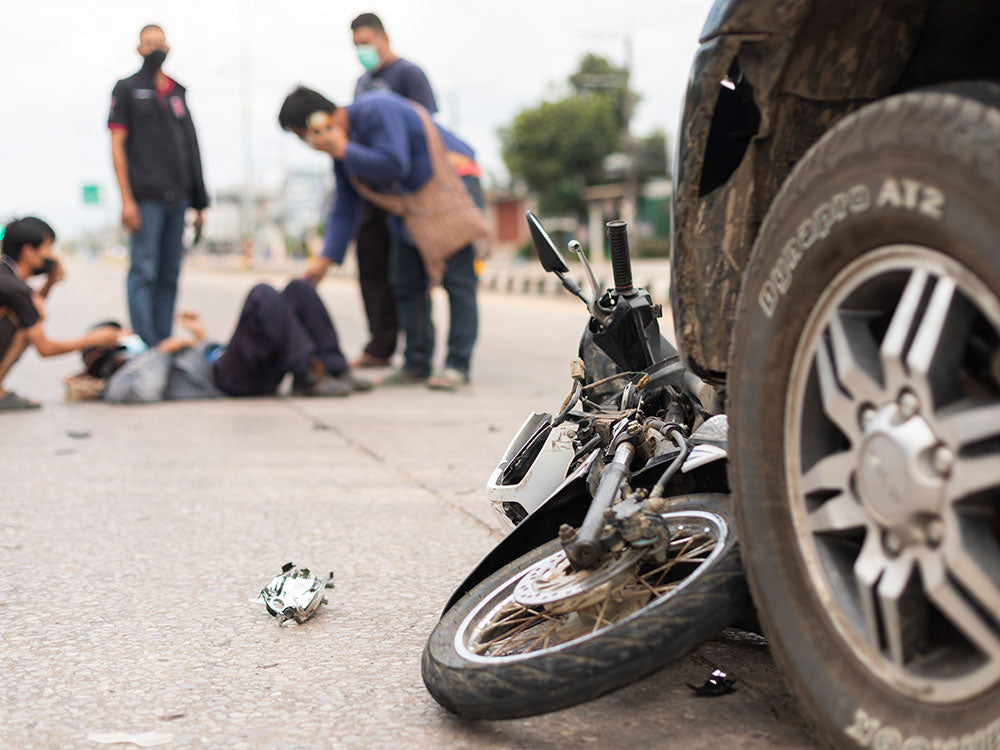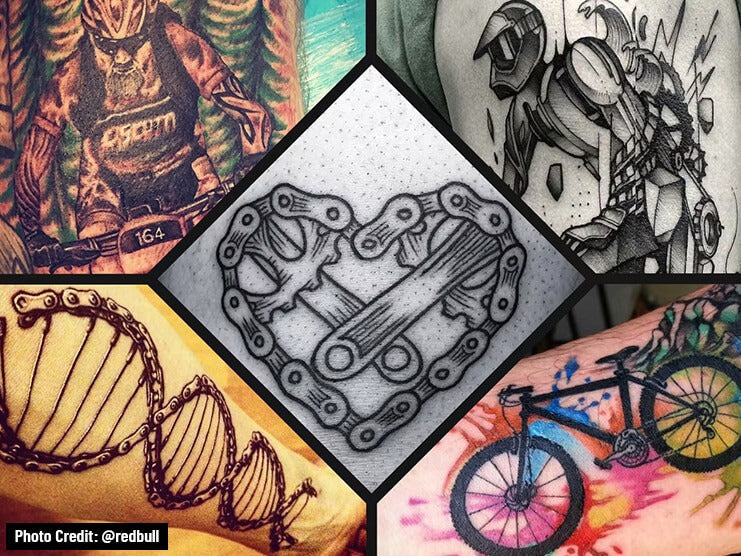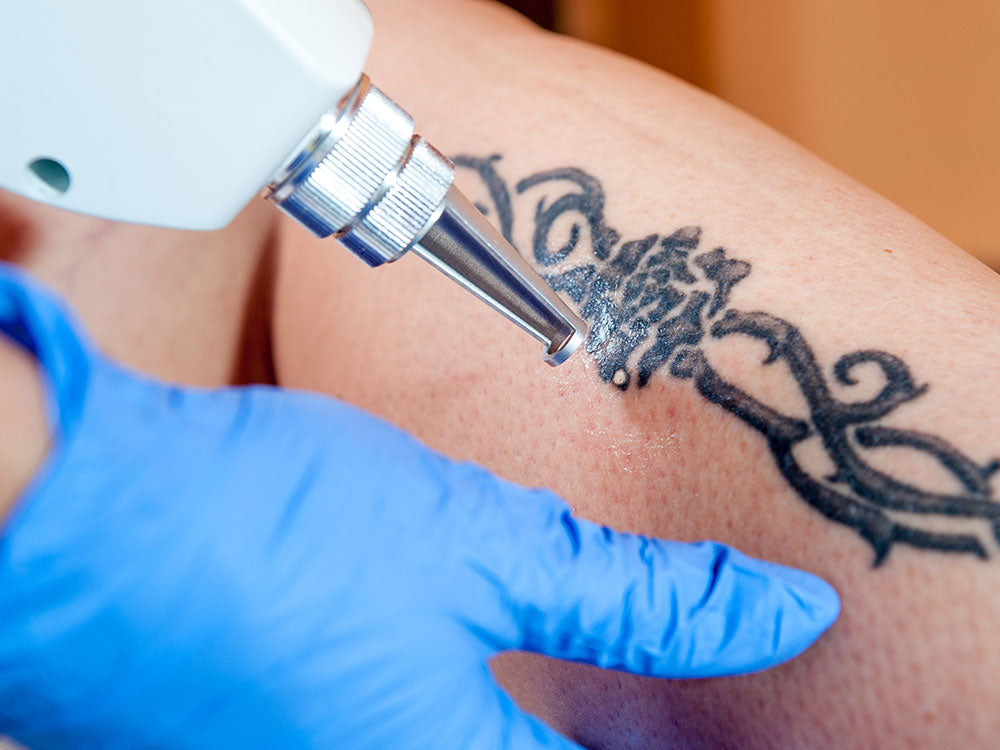Table of Content
According to the National Highway Traffic Safety Administration (NHTSA), motorcyclists are 26% more likely to die in a road accident than other vehicles. Motorcycle crashes result in far more serious injuries because they are less stable and offer less protection than other vehicles.
According to the NHTSA, the most common injuries that occur during motorcycle accidents involve the legs and feet. This article discusses the possible fatal and non-fatal injuries that can be suffered during a motorcycle crash.
1. Upper Extremity
According to the National Center for Biotechnology Information (NCBI), upper extremity injuries are the most frequent injuries suffered during motorcycle accidents. When motorcyclists are thrown through the air off of their vehicles, many frequently try to brace themselves by using their arms.
Due to this reflex, motorcyclists often suffer from shoulder injuries and torn rotator cuffs due to crashing hard during their falls. It is also common to break fingers, arms, and elbows. Motorcyclists who suffer injuries in their upper extremities may suffer lifelong nerve damage.
Many common upper extremity injuries include:
- Shoulder Dislocation
- Torn Rotator Cuffs
- Broken Arms and Elbows
- Possible Nerve Damage
Wearing body armor and motorcycle gloves can offer additional protection for the upper torso.
2. Lower Extremity
Due to the rider's legs being exposed, injuries in the lower extremities occur almost as often as upper extremity injuries. In the event of a collision, a motorcycle that weighs hundreds of pounds may fall on top of the rider’s legs.
Aside from the legs, the knees, calves, ankles, and feet are other parts of the lower body that can be injured. Although most lower extremity injuries do not result in death, they can be excruciatingly painful and cause permanent damage.
Motorcycle accidents frequently result in broken bones that require rods, pins, screws, and other hardware to be surgically implanted. During recovery, a rider may need to undergo several operations as well as months of physical treatment depending on the severity of the injuries.
Road rash is when riders scrape their legs and other body parts against the rough surface of the road due to slipping or falling over.
The type of clothes a motorcyclist is wearing and the motorbike’s speed may affect the severity of the injury. Road rash may result in abrasions, infections, nerve damage, and scarring.
Examples of lower extremity injuries include:
- Leg Injuries
- Hip Injuries
- Thigh Injuries
- Pelvis Injuries
- Knee Injuries
- Ankle Injuries
- Foot Injuries
Examples of common leg injuries include:
- Broken Bones
- Fractures
- Damaged Tissue
3. Head
Since the brain is one of the largest and heaviest organ in the human body, serious trauma can cause it to swell and result in several health problems. Even the slightest concussion should be examined by a medical professional since head injuries can be potentially fatal.
Always wear a helmet to reduce the chances of suffering a severe head injury. Never undervalue the significance of wearing a helmet since it might be the difference between a minor injury and a catastrophic one. Make sure your motorcycle helmet complies with the safety standards set by the U.S. Department of Transportation. The National Highway Traffic Safety Administration (NHTSA) provides guidance on how to distinguish between safe and unsafe motorcycle helmets. The NHTSA recommends that riders check for a DOT certification label, and consider the helmet's weight and thickness of the inner lining, and the strength of the chin straps and rivets.
Mild to severe head injuries can result in long-term physical, mental, and emotional impairments. It is possible for head injuries to result in skull fractures or death.
Skull fractures and other types of head damage are possible for motorcycle riders who are thrown from their vehicles. Brain injury can result from skull fractures.
Motorcycle riders may also suffer from concussions, comas, bleeding, swelling, seizures, paralysis, and a loss of coordination and motor skills.
Motorcycle riders who are recovering from an accident may also become confused, and disoriented, have memory loss, and have feelings of despair and anxiety.
Possible indications of suffering from a head injury are vomiting and nausea, unconsciousness, convulsions, migraines, slurred speech, dilated pupils, and lack of coordination. Accident victims should immediately seek emergency medical assistance if they exhibit any of these symptoms.
Multiple types of damage to the brain and skull are referred to as traumatic brain injuries (TBI). Examples of TBIs are mild or severe concussions, traumatic subarachnoid hemorrhage, diffuse axonal damage, or hematomas. When involved in a severe accident, motorcycle riders frequently experience more than one of these forms of TBIs.
Common head and brain injuries due to motorcycle accidents include:
- Skull Fractures
- Post Traumatic Headache Syndrome
- Post Traumatic Amnesia
- Intracranial Brain Hemorrhage
- Memory Loss
- Coma
- Paralysis
- Concussion
- Loss of Coordination
- Loss of Motor Skills
- Depression
4. Face and Neck
Victims of motorcycle accidents are often susceptible to neck and facial injuries. Broken teeth, fractured jaws, and broken noses are common facial injuries. The mental toll of such horrific disfigurement can leave riders with lasting physical and mental damage.
A body part that is often injured in motorcycle accidents is the neck. The soft tissues and vertebrae in the neck are susceptible to injury. Neck injuries frequently result in the victim suffering long-term or lifelong suffering, requiring years of treatment and medical care.
Damage to the neck's bones, muscles, tendons, ligaments, and nerves, whether temporary or permanent, might impair a person's capacity to swivel the head and neck. Serious neck injuries have the potential to harm the spinal cord and result in partial or complete paralysis.
4.1 Whiplash
A frequent neck and upper back injury that occurs during involving traffic is whiplash. When a motorcycle rider is hit from behind, his/her neck may violently jerk back and forth. Though not as dangerous as other neck injuries, whiplash can result in physical strain on the delicate parts of your neck.
Injuries to the face and neck can result in the following:
- Hearing Loss
- Vascular Injuries
- Temporal Bone Injury
- Facial Nerve Injuries
- Whiplash
5. Thorax
The heart, lungs, and other internal organs are located in the thorax, or the upper body protected by the rib cage. Blunt-force trauma to the chest can harm any of these essential organs and cause internal bleeding. Broken ribs can lacerate the spleen, kidney, or liver, or puncture a lung. The lungs are especially prone to collapse, bruising, and damage. An aortic rupture is when all three layers are torn, resulting in a giant hole between them. Both can be fatal injuries and require surgery to be restored.
6. Abdomen
The spleen, liver, and other organs in the abdomen can suffer severe damage depending on the severity of a motorcycle crash. Injuries to the abdomen are dangerous because riders may not realize they've been hurt until much later after the accident.
Being more difficult to identify, internal bleeding and infection can be due to injuries to the liver or spleen. These wounds have the potential to be severe or fatal, requiring surgery or ongoing medical care.
Abdominal discomfort, bruises, low blood pressure, headaches, disorientation, blood in the urine, and shock are all signs of internal injuries. Victims of motorcycle accidents should seek immediate medical assistance as soon as they exhibit any symptoms.
7. Spine
Damage to the spinal cord varies greatly between cases. Severe damage to specific parts of the spinal cord might result in the rider being permanently disabled. The sort of disability a sufferer experience is based on where the victim's spinal cord was damaged.
The rehabilitation process for spinal cord injuries may require a lot of time if they prove to be serious. If a victim's spinal cord injury never fully recovers, it may result in constant pain for the rest of his/her life.
Extreme muscular spasms can cause someone to fall off a motorcycle, damaging the ligaments and weakening the neck and back joints. As a result, vertebrae and soft tissues can rip and cause a hemorrhage that could result in paralysis.
If a biker finds him or herself crushed underneath or between vehicles, this could cause serious damage to the spine. Depending on the extent of the damage, the rider may find it difficult to walk, use their arms, or move at all.
More than 5-12% of motorcycle accidents result in spinal cord injury. When a motorcyclist is flung into an object, the hyperextended spine can cause injury to the spinal cord. Several types of spine damage include:
- Hemiplegia
- Spinal Contusions
- Quadriplegia
- Paraplegia
- Partial Paralysis
- Spastic Quadriplegia
8. Muscle Damage
In motorcycle accidents, muscle damage can be due to the rider not wearing proper riding gear. Injury to any of the muscles in your body can possibly result in paralysis.
Wear full body protection while riding, including earplugs, a helmet, and sturdy clothes. Wearing a leather jacket and knee and elbow pads will help protect your skin from scraping should you fall off.
9. Road Rashes
Road rashes occur when a motorcyclist slides or scrapes across the road after being flung from the motorcycle. The motorcyclist’s exposed skin is rubbed raw when dragged across the road, resulting in deep cuts and severe bruising.
A first-degree road rash is when the surface of the skin appears red and inflamed. A second-degree road rash is when the outer layers of the skin is damaged. A third-degree road rash is when the skin has entirely peeled off and the inner layers of fat and tissue are visible.
In the worst circumstances, road rashes can also result in skin irritations or muscle damage that may last even after the injuries have been healed.
Protective gear made of tear-resistant materials and cover the entire body can help reduce or prevent the risk of road rashes.
The best protection to prevent road rashes should include a leather jacket, long pants, knee and elbow pads, gloves and install crash bars.
10. Psychological Harm
Traumatic experiences like motorcycle accidents can have long-term psychological effects. For instance, injured riders may experience PTSD, clinical depression, or acute anxiety. For victims who are dealing with permanent damage, such as paralysis, a traumatic brain injury, or deformity, they may be more susceptible to psychological problems.
Also Read: 10 Tips on How to Survive a Motorcycle Crash
11. Last Words
Motorcycle crashes can lead to devastating injuries that can cause a lifetime disability or even death. The risk of getting into an accident can be reduced by dropping speed or wearing proper riding gear. However, not all the accidents can be prevented. Motorcycle accidents can still happen, resulting in mild to serious injuries regardless of how much safety equipment you have. If you have luggage storage issue then you can have saddlebags, sissy bar bags, tank bags.













Leave a comment
All comments are moderated before being published.
This site is protected by hCaptcha and the hCaptcha Privacy Policy and Terms of Service apply.